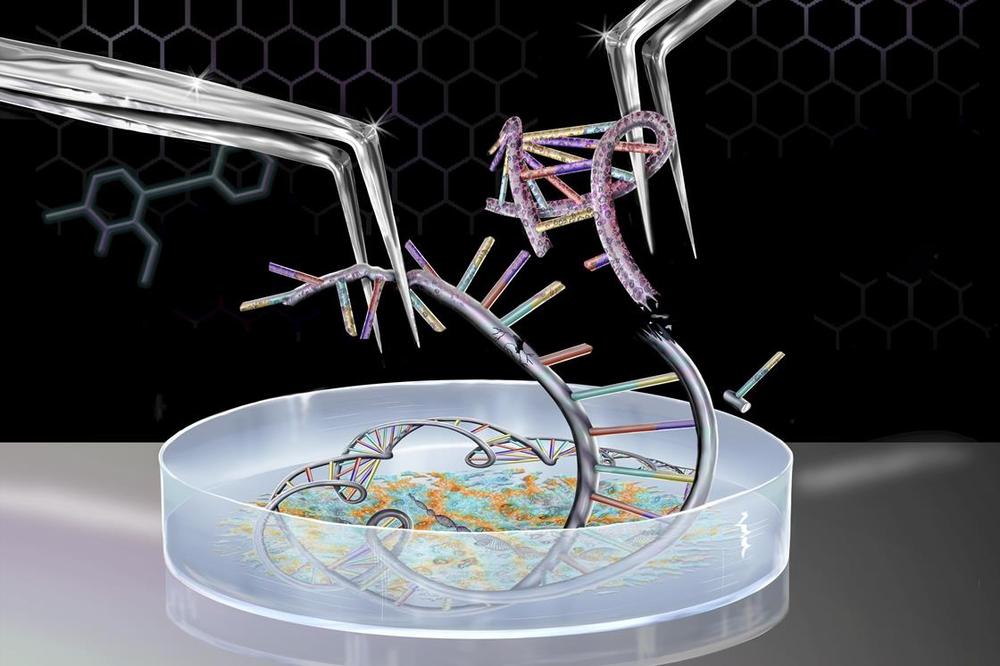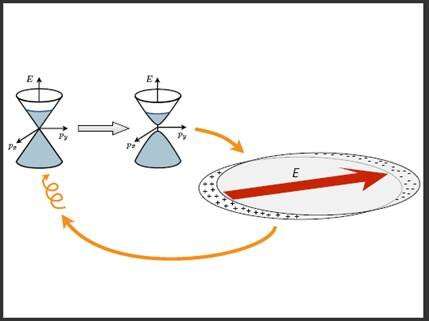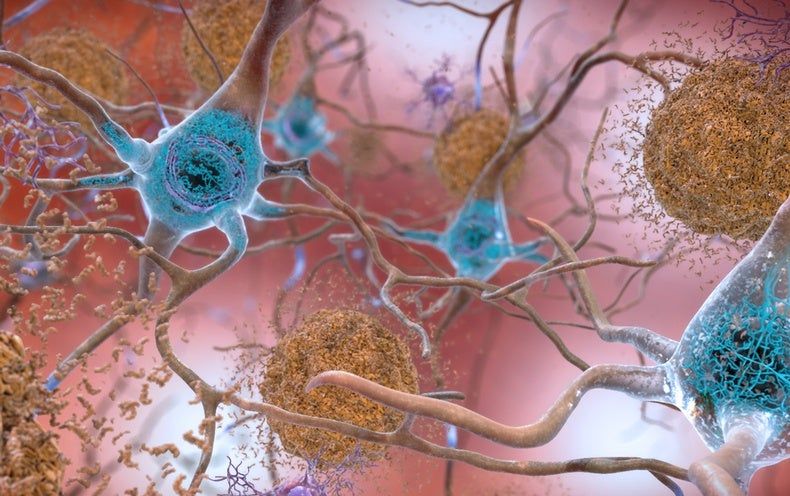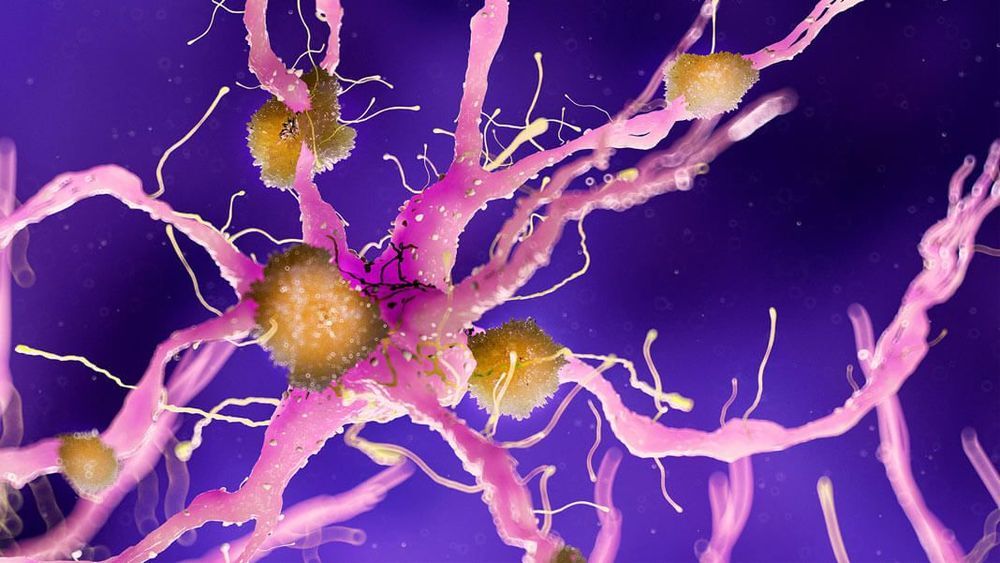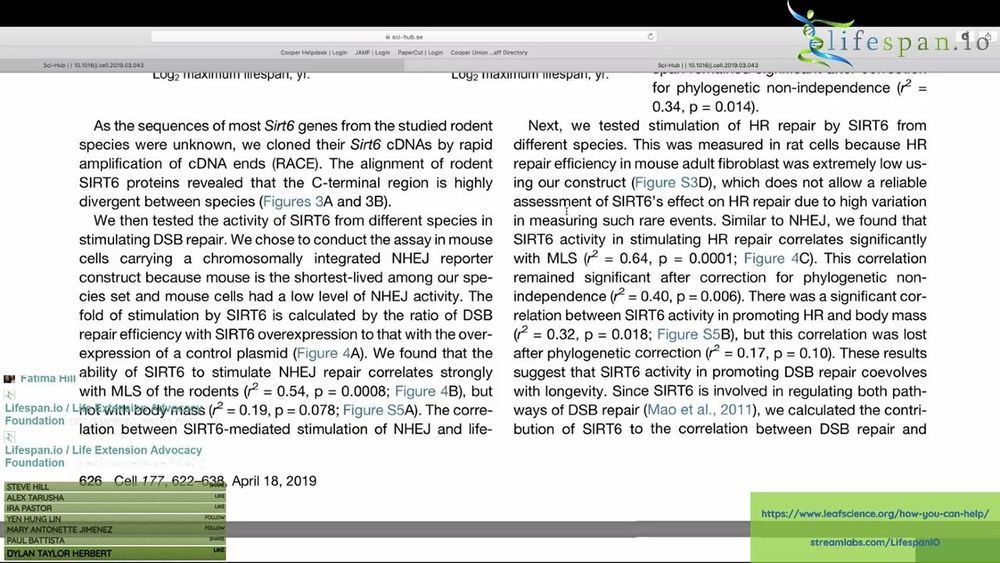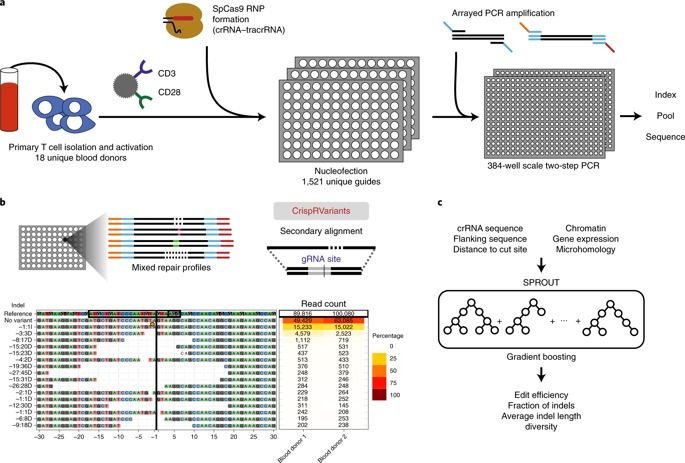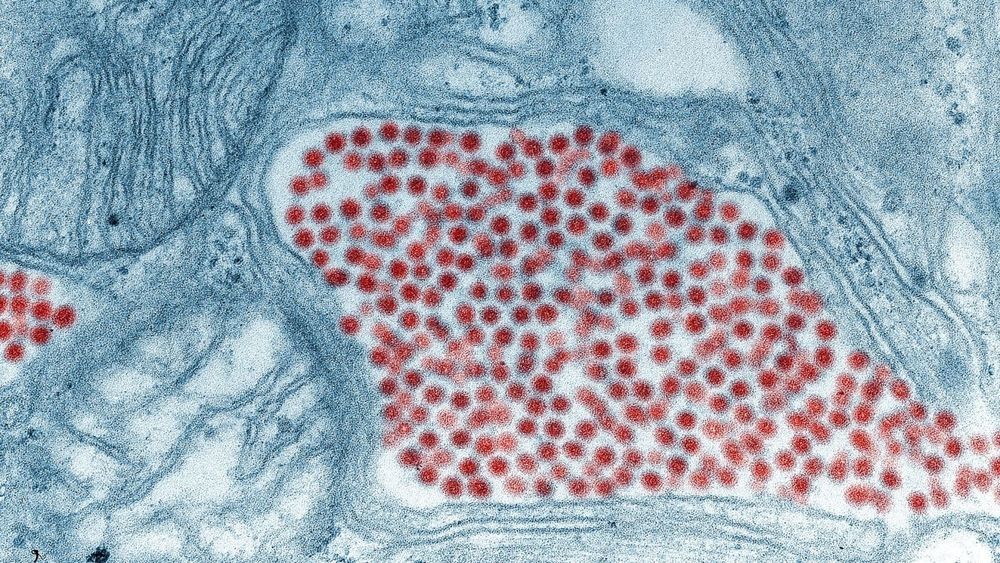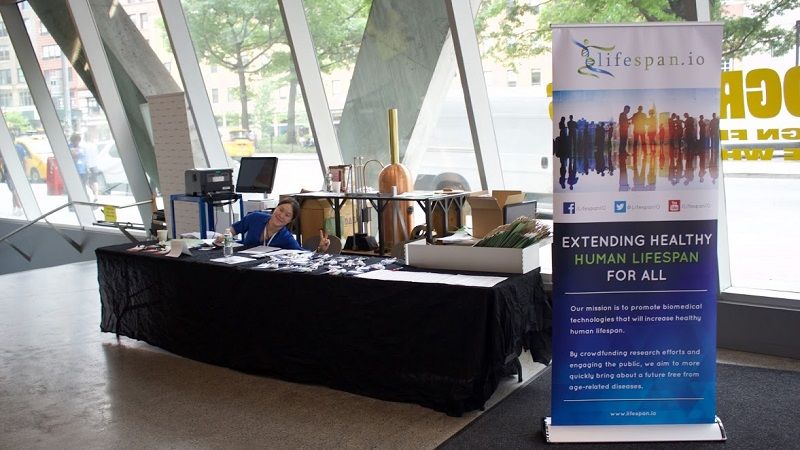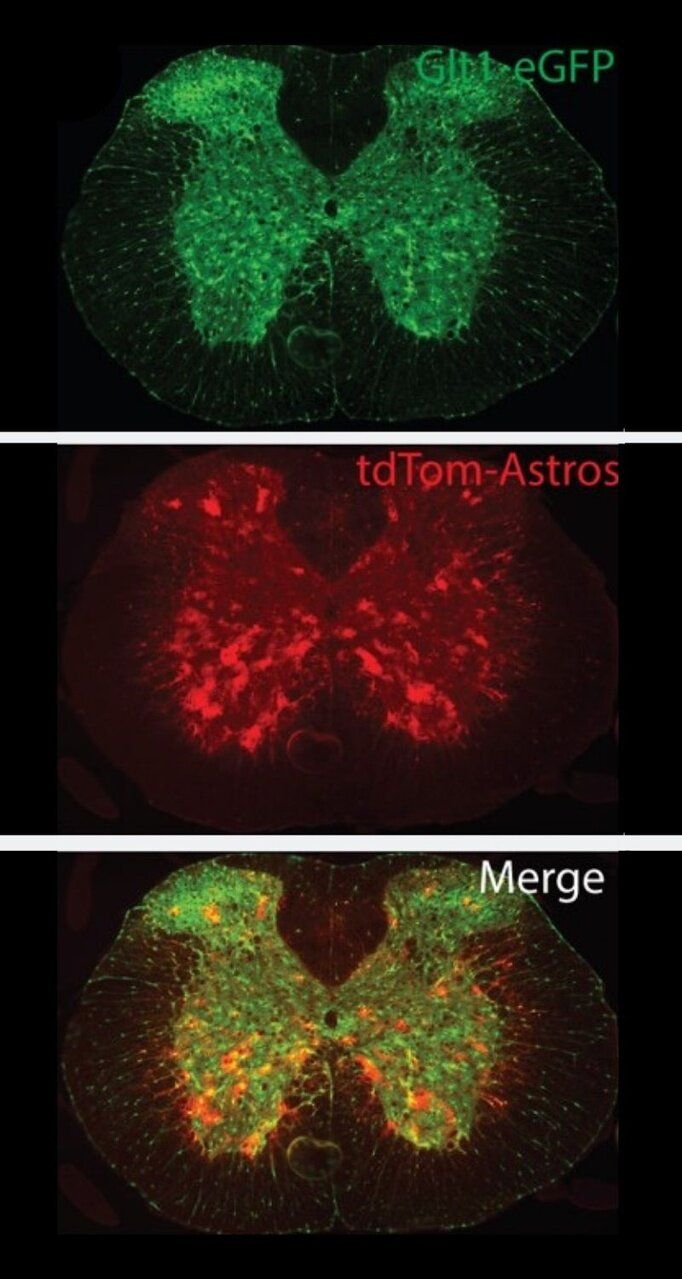Jul 30, 2019
Japan Approves Scientist’s Plan to Create World’s First Humanimals
Posted by Quinn Sena in categories: biotech/medical, government
For the first time, a government is supporting a plan to create animal embryos with human cells and bring them to term, resulting in a type of humanimal known as a human-animal chimera.
According to Nature, a committee from Japan’s science ministry signed off on a request by researchers to grow human pancreases in either rats or mice, the first such experiment to gain approval since a government ban was reversed earlier this year.

